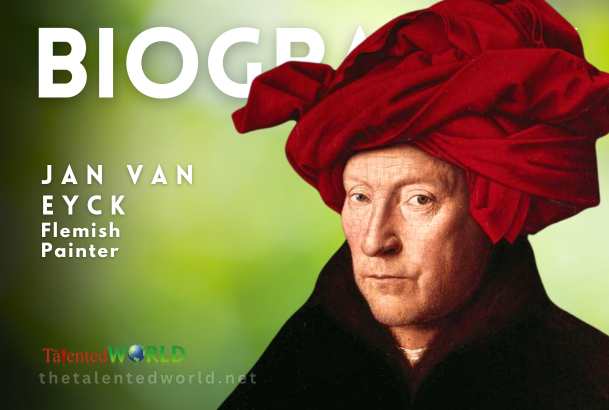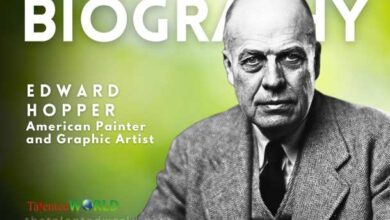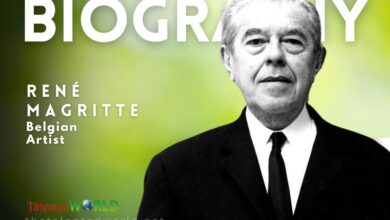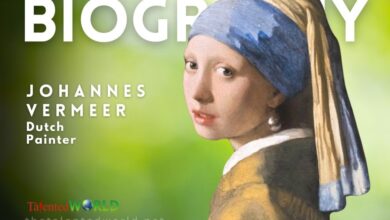| Full Name | Jan van Eyck |
| Date of Birth | Sometime around 1380 or 1390 |
| Place of Birth | Maaseik, Prince-Bishopric of Liège, Holy Roman Empire |
| Date of Death | 9 July 1441 |
| Place of Death | Bruges, County of Flanders, Burgundian Netherlands |
| Nationality | Flemish |
| Education | Robert Campin (disputed) |
| Known for | Painting |
| Movement | Early Netherlandish painting, Northern Renaissance |
| Patron(s) | John III, Duke of Bavaria, later Philip the Good |
| Notable Works | – The Arnolfini Portrait, 1434 – Ghent Altarpiece – Illuminated miniatures of the Turin-Milan Hours |






